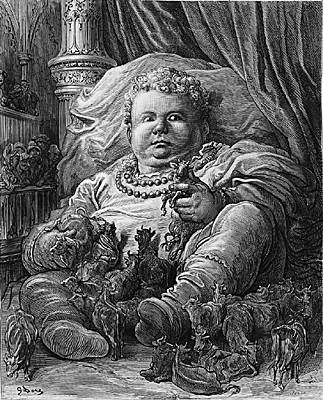Le Rabelais travesti: la réécriture "évangélique" du Gargantua
DOI:
https://doi.org/10.13133/2239-1983/11588Abstract
It is now taken for granted among Rabelais scholars that Gargantua presents stylistic inconsistencies that evince a lack of inspiration: in fact, the text is marked by discrepancies and “étourderies”. Conversely, critics haven’t yet come to an agreement as regards the dating of the editio princeps (1534 or 1535), and this has relevant ideological, as well as material, implications. This essay compares the two first editions of the text (based on Mireille Huchon’s method and findings), with a view to responding to these questions. The essay argues that the first version of Gargantua, dating from 1533-1534, was essentially comic and popular in character. Later on, supporting the interests of the Du Bellay clan, Rabelais hastily added elements – which can be firmly identified at the formal level – that position it in the political and ideological climate of 1535.Downloads
Published
2014-02-14
How to Cite
Cordiner, V. (2014). Le Rabelais travesti: la réécriture "évangélique" du Gargantua. Status Quaestionis, 2(5). https://doi.org/10.13133/2239-1983/11588
Issue
Section
Articles
License
Gli autori che pubblicano su questa rivista accettano le seguenti condizioni:- Gli autori mantengono i diritti sulla loro opera e cedono alla rivista il diritto di prima pubblicazione dell'opera, contemporaneamente licenziata sotto una Licenza Creative Commons - Attribuzione che permette ad altri di condividere l'opera indicando la paternità intellettuale e la prima pubblicazione su questa rivista.
- Gli autori possono aderire ad altri accordi di licenza non esclusiva per la distribuzione della versione dell'opera pubblicata (es. depositarla in un archivio istituzionale o pubblicarla in una monografia), a patto di indicare che la prima pubblicazione è avvenuta su questa rivista.
- Gli autori possono diffondere la loro opera online (es. in repository istituzionali o nel loro sito web) prima e durante il processo di submission, poiché può portare a scambi produttivi e aumentare le citazioni dell'opera pubblicata (Vedi The Effect of Open Access).


